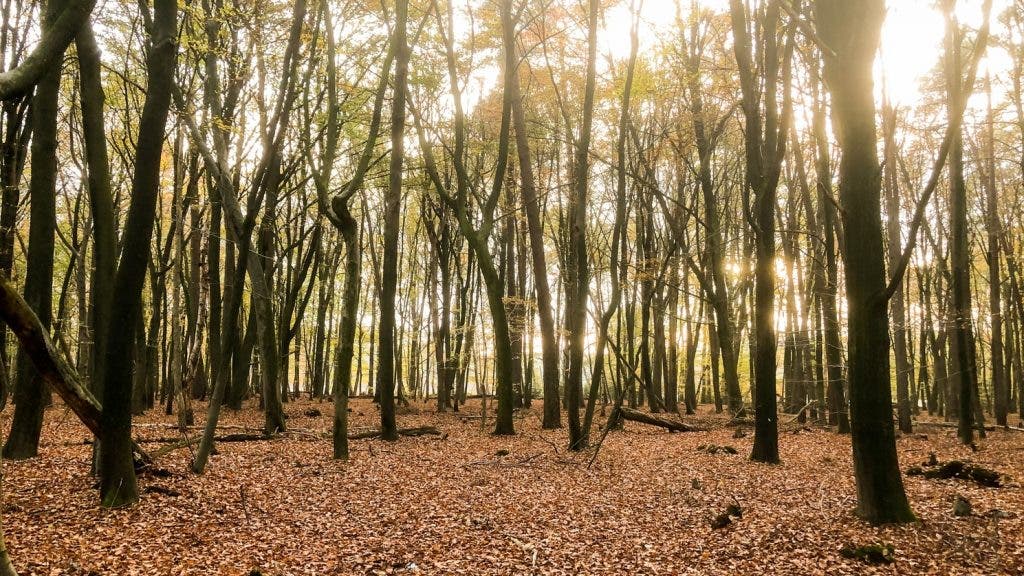The species of trees in a forest, their growth, and their capacity to store carbon are greatly influenced by the bedrock underneath the trees. This could have implications for forest management and carbon models.

Geology often gets left out of the environmental debate, although it provides the support for the entire ecosystem — both figuratively and literally. The bedrock and soil direct the entire chemical profile of the ecosystem and provide the necessary nutrients that ultimately support every living creature in the ecosystem. According to a new study, the influence of the bedrock might be even greater than previously thought.
A team of researchers led by Margot Kaye, associate professor of forest ecology at Penn State University, found that forests growing on shale bedrock store 25% more carbon and grow faster, taking up about 55% more carbon each year than forests growing on sandstone bedrock.
The findings show that forests lying on shale may provide more ecosystem services, and should perhaps be prioritized by forestry management when it comes to conservation.
“As forests grow and respond to warming, shifts in precipitation and invasive species, managers will benefit from incorporating lithological influences and considerations on forest composition and productivity,” she said. “For example, conserving forests growing on shale with higher species diversity will likely lead to forests that are resilient to stressors and can grow more vigorously.”
To reach this conclusion, researchers surveyed forest inventory from 565 plots in Pennsylvania. They analyzed the topography and soil features of the area, as well as the age and species of trees in the forests.
The study covered more than 23,000 trees, ranging from 20 to 200 years old, with most being around 100 years old. Most forests were dominated by different types of oak. Some 800,000 acres of forests were on sandstone, compared to only 262,000 acres on shale.
“That is an eye-opening number,” said lead researcher Warren Reed, a doctoral student in ecology.
If forest productivity is related to bedrock, it means that we would be getting much more environmental services if there were more forests on shale. Oaks seem to grow faster and be more expansively on shale — and the reason for this has to do with chemistry.
Forest soil (and soil, in general) forms as the underlying bedrock breaks down and decays. Over millions of years, rocks are slowly eroded and transformed, but because of their composition, shale breaks down into finer soils than sandstone, which is coarser.
This affects the trees’ capacity to absorb and store water and nutrients. It’s not entirely surprising that shale makes for better forests, but the scale of the difference was surprising.
Researchers were also surprised to see just how much more carbon these shale forests store — which could be an important consideration for climate objectives, researchers conclude.
Journal Reference: Warren P. Reed et al, Bedrock type drives forest carbon storage and uptake across the mid-Atlantic Appalachian Ridge and Valley, U.S.A., Forest Ecology and Management (2020). DOI: 10.1016/j.foreco.2020.117881 Journal information:Forest Ecology


